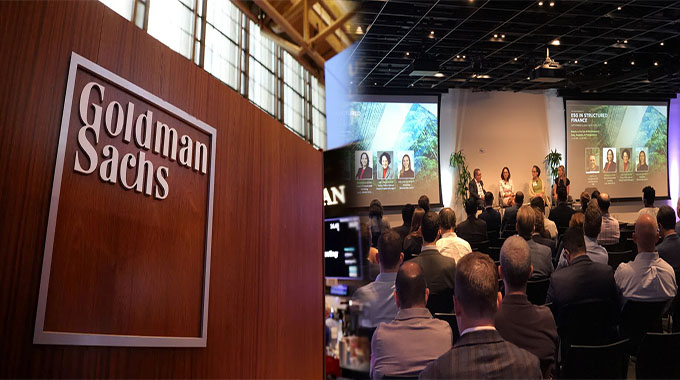Medieval Majesty: Historical Influences on London’s Engagement Rings
Engagement rings hold a timeless allure, symbolizing commitment and enduring love. In the bustling heart of London, where history weaves its tapestry through every cobblestone street and towering spire, the tradition of engagement rings is imbued with a rich heritage that stretches back centuries. From the medieval era to the modern day, the influence of history on London’s engagement rings is palpable, shaping both their design and significance. Delving into the annals of time reveals a captivating journey of romance, power, and tradition, each facet contributing to the majesty of London’s cherished symbols of love.
In the labyrinthine streets of London, where whispers of medieval grandeur still echo, the legacy of ancient customs intertwines with contemporary romance. The phrase Engagement rings London evokes images of age-old traditions passed down through generations, each a testament to the enduring legacy of love. Dating back to medieval times, when chivalry and courtly love reigned supreme, the concept of betrothal rings emerged as tokens of affection exchanged between knights and their beloveds. These early manifestations of engagement rings were often simple bands, symbolizing the unbreakable bond between two souls.
As London flourished into a bustling metropolis, so too did the artistry and craftsmanship of its jewelers. The Tudor era ushered in an era of opulence and extravagance, reflected in the elaborate designs of engagement rings adorned with precious gemstones. Royalty set the standard, with monarchs gifting intricately crafted rings as symbols of their affection and political alliances. The sparkle of diamonds and the shimmer of sapphires became synonymous with love and devotion, transforming engagement rings into coveted treasures fit for queens and commoners alike.
The Victorian era witnessed a resurgence of romanticism, as Queen Victoria’s enduring love for Prince Albert captured the imagination of the nation. Engagement rings took center stage once more, with …


















